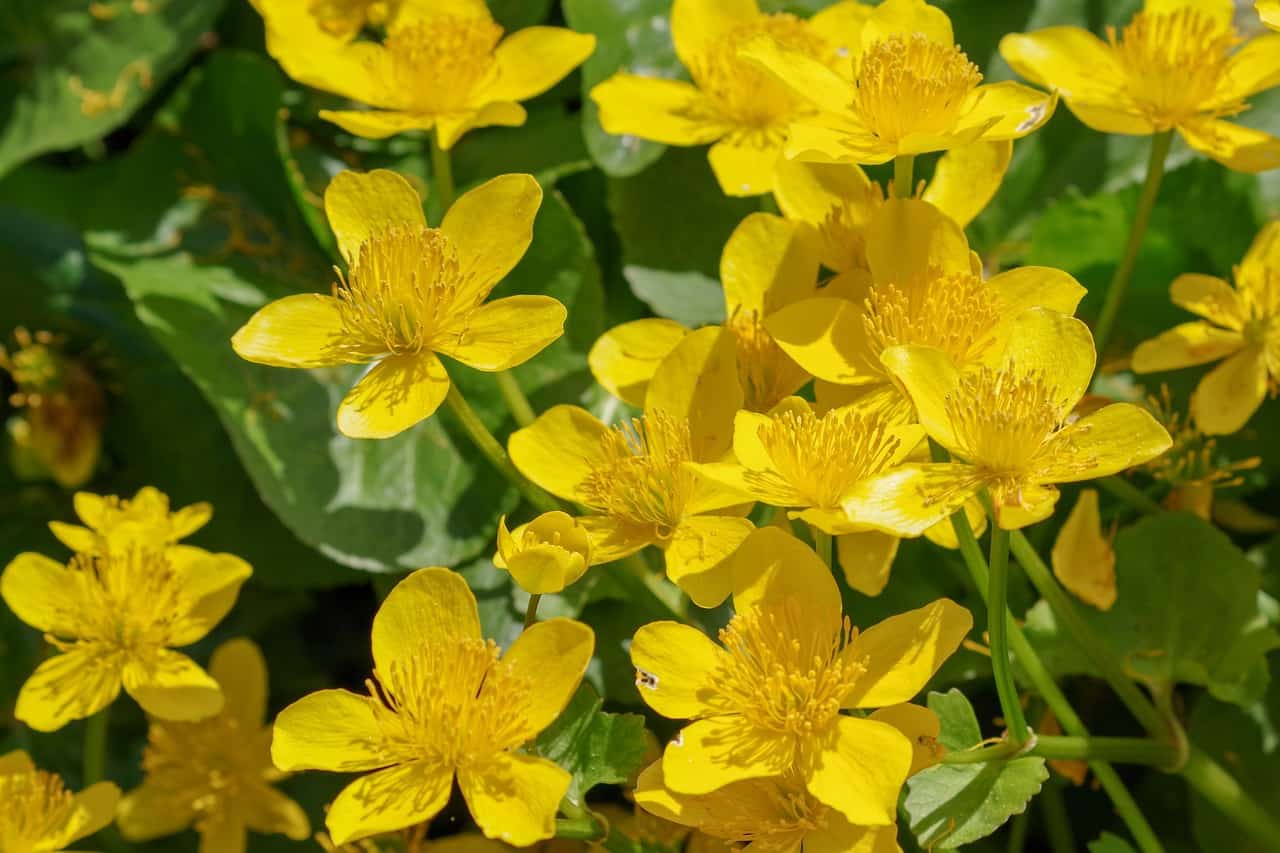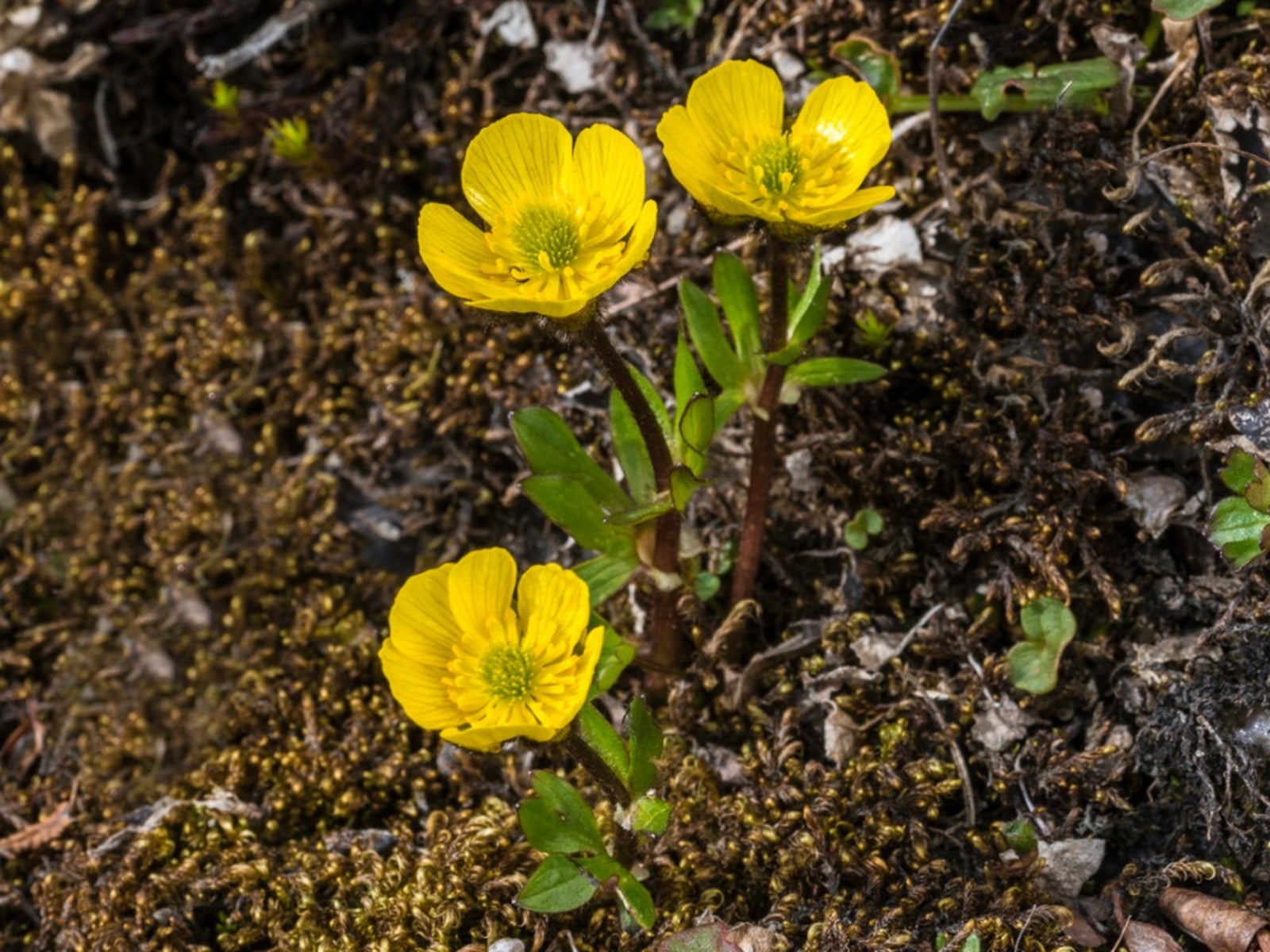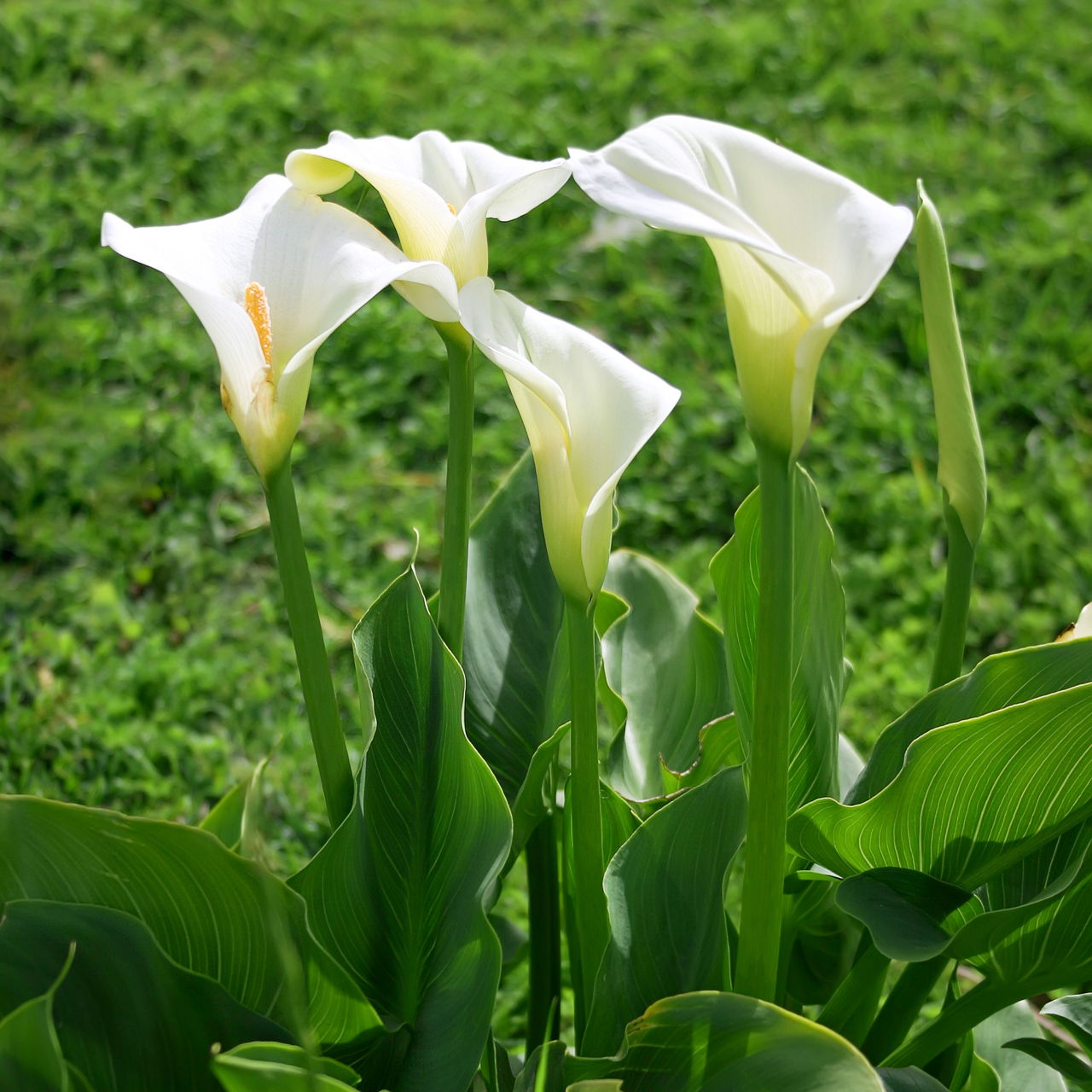

Alocasia aka Elephant Ear: mouth irritation, pain, swelling of the mouth/lips/tongue, vomiting, droolingģ. The leaves (and less so, stalks) contain oxalate crystals, which can wreak havoc with your dog's urinary tract.Ī member of the nightshade family, tomato vines, and leaves can cause some worrying symptoms in pets.Īdditional Toxic Plants & Symptoms of Poisoning in Dogsġ. Toxic to dogs, and cats are even more susceptible to toxic effects. Symptoms of marijuana ingestion can be mild to moderate, and even include death. They can cause some very uncomfortable symptoms for dogs. Toxic effects can be very severe.Īnother member of the Allium family. Keep any home-brewing materials and leftovers safely contained - hops can be hazardous whether fresh, dried, or cooked (spent hops), with dried hops being the most toxic form. elevated heart rate and respiratory rate.While they can tolerate low doses (as you'll find some flavoring in dog treats), it is best to avoid these plentiful herbs whenever possible. This herb is in the Allium family, such as onions, and can be quite harmful to dogs when ingested. While chamomile is safe in products for dogs, you want to avoid your dog's contact with the actual plant.
BUTTERCUP PLANT POISONOUS TO DOGS SKIN
The plant’s sap can cause dermatitis or skin irritation in humans and pets. Senecio Rowleyanus (String of Pearls, String of Peas Plant) The chemical compound in snake plants that can cause irritation is saponin.Ĩ. Sansevieria Trifasciata (Snake Plant, Mother-In-Law’s Tongue) Crassula Arborescens (Silver Jade Plant, Chinese Jade, Money Plant)ħ. It is unknown what substance makes jade plants toxic. Crassula Ovata-Jade Plant (aka money tree, lucky plant, or friendship tree)


Some contain a toxic steroid known as daigremontianin.ĥ. These plants can contain bufadienolides cardiac glycosides. Kalanchoes (Panda Plant, Mother of Thousands, Mother of Millions, Devil’s Backbone, Chandelier Plant)

It takes very little to cause GI upset as well as significant damage to the liver. Unfortunately, every part of this plant is toxic, with the seed being the most toxic portion. The sago palm (Cycas revoluta) is a popular houseplant found in warmer climates and known for its feathery foliage and ease of care.


 0 kommentar(er)
0 kommentar(er)
